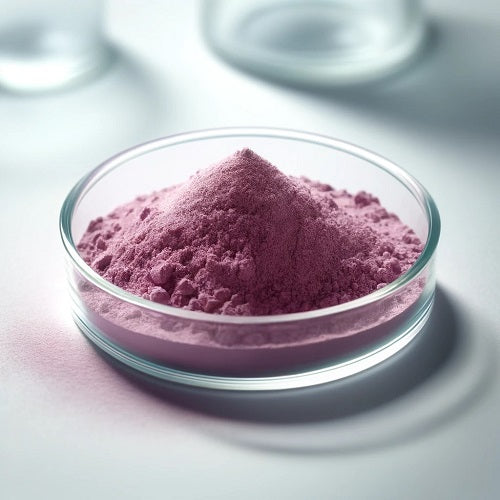Menu
LOOKING FOR BULK INGREDIENTS PRICING?

Sustainable Plant-Based Dyes: Mimosa Hostilis Root Bark as a Natural Colorant
Sustainable Plant-Based Dyes: Mimosa Hostilis Root Bark as a Natural Colorant
As eco-conscious living becomes more than just a trend, sustainable plant-based dyes are taking center stage in textiles, crafts, and even cosmetics. Among the standout natural colorants is Mimosa Hostilis root bark—celebrated not just for its vivid hues, but also for its environmental benefits and deep cultural roots.
What Makes Mimosa Hostilis a Sustainable Dye?
Mimosa Hostilis (also known as Mimosa Tenuiflora) is a tree native to Mexico and Brazil. Its root bark is rich in tannins and other natural compounds that produce deep reddish-purple and brown tones. Because it’s harvested from a renewable resource and requires minimal processing, it’s an ideal choice for environmentally responsible dyeing.
Key Sustainability Points:
-
Biodegradable and non-toxic: Unlike synthetic dyes, Mimosa Hostilis breaks down naturally and doesn’t pollute water sources.
-
Low-impact processing: Minimal chemical processing is needed to extract the dye.
-
Renewable sourcing: When harvested responsibly, the root bark can be collected without harming the entire plant.
Color Profile and Dyeing Applications
Mimosa Hostilis creates rich and lasting colors that bond well with natural fibers such as cotton, wool, silk, and leather. Depending on the mordant and method used, it can yield a range of tones from soft mauves to deep purples and warm browns.
Popular Uses:
-
Textile dyeing: Ideal for eco-fashion and handmade garments
-
Leather coloring: Used in natural tanning processes
-
Paper and fiber arts: Adds depth and texture to eco-crafts and artisan papers
How to Use Mimosa Hostilis as a Dye
Creating a natural dye bath is simple and accessible:
Basic Dye Bath Instructions:
-
Simmer root bark chips or powder in water for 1–2 hours.
-
Strain the mixture to remove solids.
-
Submerge pre-mordanted fabric and simmer for 45–60 minutes.
-
Let cool and rinse thoroughly.
Pro tip: Using different mordants like alum, iron, or copper will produce varying shades, expanding the color possibilities.
Supporting Ethical Sourcing
To ensure your dyeing practice remains sustainable, source Mimosa Hostilis from reputable vendors who:
-
Practice wild harvesting with minimal environmental impact
-
Support local and indigenous communities
-
Offer transparency on sourcing and processing methods
Final Thoughts
Mimosa Hostilis root bark isn’t just a natural dye—it’s a symbol of conscious creation. Its deep, earthy tones and eco-friendly profile make it a favorite among artisans, fashion designers, and DIY enthusiasts who care about the planet as much as the final product.
By choosing plant-based dyes like Mimosa Hostilis, you contribute to a more sustainable future—one beautiful hue at a time.
For bulk orders and inquiries, visit Reveda - Mimosa Hostilis Bark Chips
BUY ONLINE IN USA FROM REVEDA - The leading manufacturer B2B Bulk Wholesale Supplier of Mimosa Hostilis Bark Chips
Also in Reveda: Health & Wellness
SUBSCRIBE NOW ...
Don't miss to get latest updates on sales, new releases and promotions


